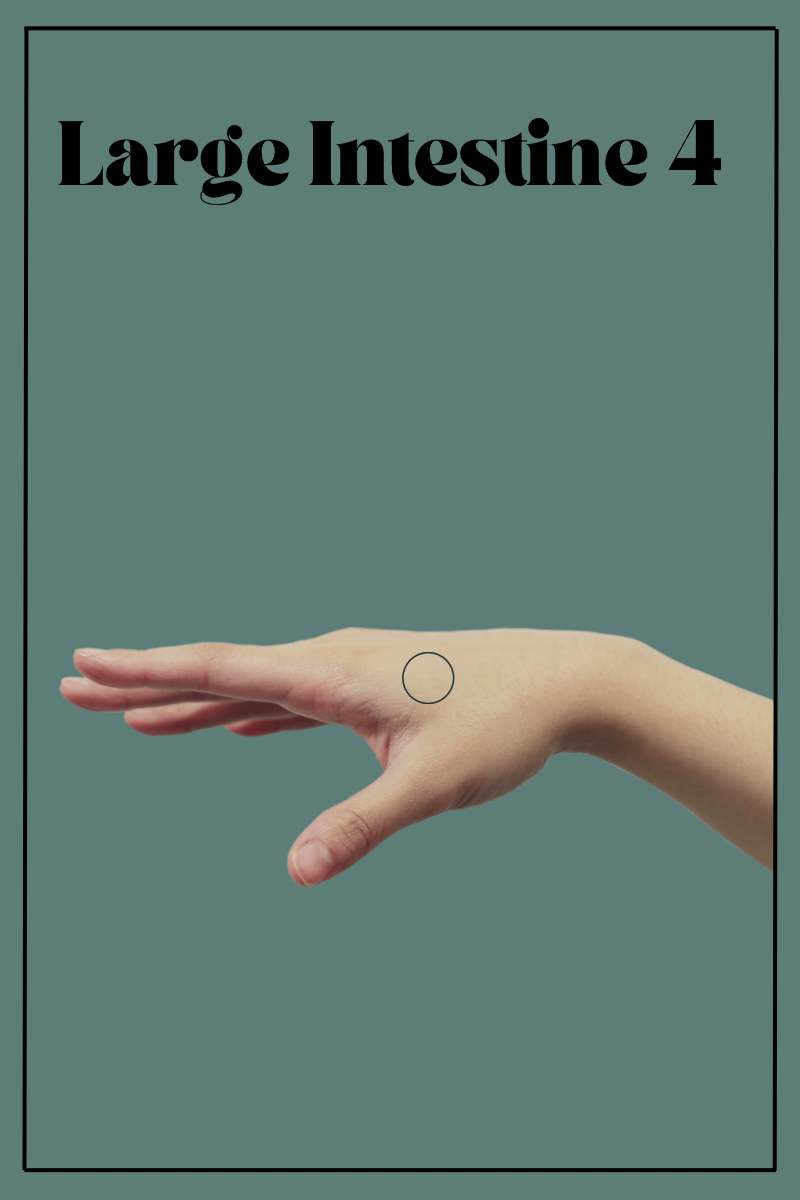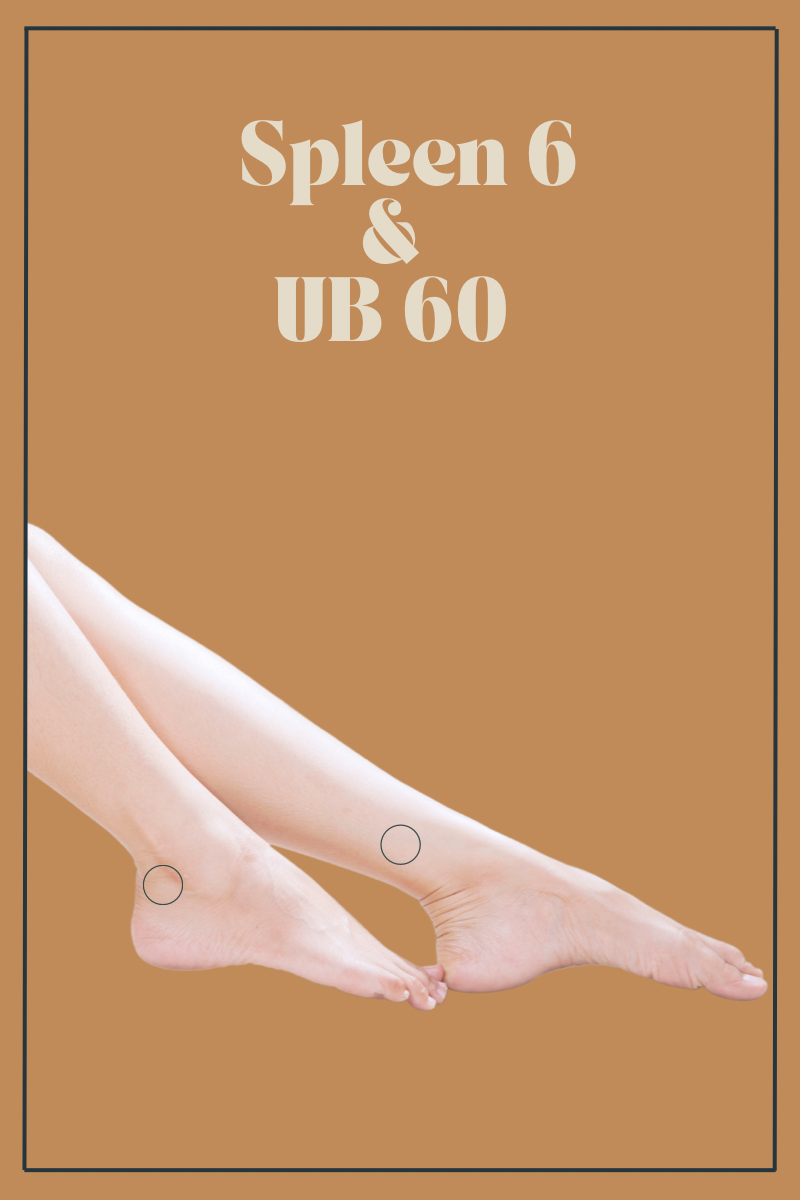Can acupuncture induce labor?
The last few weeks of pregnancy are often filled with the excitement and anticipation of meeting your new baby. At least until your estimated due date comes and goes with no signs of your little one's arrival or your doctor brings up the possibility of induction. Then the excitement can morph into distress, and even desperation, depending on your doctor’s recommendations and your own sense of urgency.
It’s often at this point that everyone you come across offers their unsolicited advice, telling you tales of their own labor experience - good and bad, what works and doesn’t, and you begin googling for articles like this.
The last few weeks Of pregnancy can feel the longest.
What is Labor Induction?
Induction of labor is a process using mechanical means and/or medicines to start the labor process. There are two parts to labor induction. First the cervix must dilate. Then contractions must begin. In the last few weeks of pregnancy these things may be happening simultaneously without you even knowing.
Cervical checks via pelvic exam are useful for knowing if you’ve started effacement and dilation and to what degree, but things can change quickly and there’s no real way to predict when you’ll actually go into labor. However, for an induction to be successful or even possible your cervix does need to show these favorable signs.
Is induction necessary?
Inductions can be either medically necessary or elective.
Induction may be medically necessary in cases where there are complications with the mother, the baby, or both, and your medical team believes it’s safer to deliver sooner than later.
induction may be recommended if:
Your water breaks but contractions don’t start for more than 12 hours (to reduce the risk of infection)
You’ve been diagnosed with preeclampsia, uncontrolled gestational diabetes, cholestasis, hypertension, or other complications
Your baby is at risk for Intrauterine Growth Restrictions
Your baby is measuring large (keep in mind that that ultrasound measurements can be off by as much as 10%, that your baby’s growth slows down considerably after 38 weeks, and that women have been birthing large babies without medical intervention for most of human history)
The viability of your placenta is in question, especially in moms over 40 years old, or with known placental issues
Your due date has come and gone, especially in moms over 40
It’s important to note that some of these recommendations are more ‘medically necessary’ than others and that you always have the right to ask questions about relative risk and options outside of induction. You also have the right to decline induction or insist that it is delayed.
Should you consider Elective Induction?
Elective labor inductions are often offered at 39 weeks to mothers experiencing low risk pregnancies. Reasons for elective induction can vary from mother to mother and provider to provider, but may include:
Increasing discomfort during late pregnancy
Wanting to be sure that a partner or family member can be present for the birth
To gain a sense of control and reduce stress and anxiety around the birth experience
Long travel travel time or distance to the hospital
Simply because you can and want to
What happens during a medical induction
Medical labor inductions are scheduled by your doctor and hospital. The first step of the induction will typically involve a method of ‘ripening’ the cervix. The methods used vary and depend on whether and how much your cervix has already softened and dilated. Prostaglandin supossitories or gels are used to promote softening and dilation. Foley balloons or membrane sweeps can be used to physically manipulate the cervix into greater dilation, if there is already some dilation to begin.
Once your cervix has ripened satisfactorily, and if contractions have not begun spontaneously, you’ll begin receiving synthetic oxytocin, aka pitocin. This is typically delivered by IV drip and requires that you undergo constant monitoring to insure that your contractions do not become overstimulated.
What are the risks of medical induction?
While commonly used and widely considered safe, medical induction does carry some risks.
Because pitocin doesn’t operate on the same feedback loop as naturally occurring oxytocin, your body doesn’t produce pain reducing endorphins in the same way it would a spontaneous labor. This, coupled with the nature of administering the pitocin intravenously, and variations in individual sensitivity, may cause contractions brought on by pitocin to be experienced as more painful than those of a spontaneous labor - leading to increased use of epidurals.
If the pitocin is not administered in the right dose, at the right intervals, for your particular sensitivity level there is a risk that contractions may be accelerated and intensified to a degree that can cause fetal distress or require the need vacuum or forceps delivery.
What is an acupuncture labor induction?
Acupuncture “induction” or Labor Prep Acupuncture uses specific acupuncture points to help you and your baby prepare for labor and delivery. The main focus of the treatment is promoting dilation and softening of your cervix, promoting contractions, balancing hormones, and relaxing your nervous system to reduce stress and promote the feelings of well being necessary for labor to begin spontaneously.
Clinical studies support the use of labor induction acupuncture as a low risk, safe option for softening a dilating the cervix, shortening labor times reduced incidence of interventions, and improving birth outcomes and experiences for both mother and baby.
Labor prep acupuncture is used routinely by women wanting to go into labor without biomedical intervention, women who have had inductions scheduled but would prefer to start labor spontaneously , and women who know that they are going to be induced for necessary medical reasons and want to prepare as much as possible beforehand.
is acupuncture induction safe?
Acupuncture in general is very safe, and unlike a medical induction, your body remains in control of the labor process. There are no risks to your baby or risk of causing hyper-stimulation of contractions. Occasionally, acupuncture can cause mild discomfort during the insertion of the needles or leave small bruises at the insertion site, though both of these are relatively uncommon. Most people find acupuncture to be very relaxing.
what to expect during an Acupuncture induction appointment
Your acupuncture labor prep or induction appointment will generally begin with a review of your health history and any current symptoms. Your acupuncturist will want to know about your previous labor experiences, any complications or symptoms you’ve had or are having during your current pregnancy, what your reasons are for seeking labor prep/induction, and what, if any signs of labor you’ve experienced so far.
Additionally, your acupuncturist will make observations about your overall health by taking your pulses and looking at your tongue. This information is used to select the appropriate acupuncture points that will best help you move towards spontaneous onset of labor and reduce any concurrent symptoms such as digestive issues, swelling, or pain in your body.
During your acupuncture treatment here at Fertile Earth, I do my best to ensure that you’re as comfortable as possible. You’ll have the option of lying on your side or reclining on our adjustable massage tables with the support of pillows to provide maximum comfort. Table warmers, heat lamps, and blankets are available to keep you warm. Soothing music and dim lighting allow for a calm and relaxing experience. I often incorporate massage and acupressure into my labor prep treatments.
How soon does acupuncture induction work?
It’s not possible to give any guarantee of when you’ll go into labor, whether you’re being induced medically or receiving acupuncture treatments. I’ve had women come in for acupuncture and go into labor that night and I’ve had women come in for several treatments before labor begins. It’s highly variable and dependent on the state of you and your baby, and the intensity of the treatment.
I’ve also had women that knew they were being induced for medical reasons at 38 weeks come in for labor prep acupuncture in the weeks leading up to their induction who went into spontaneous labor following only the use of intravaginal prostaglandins.
Labor prep acupuncture can begin at around 36 weeks with gentle treatments to promote nervous system and hormone balance. As you approach your due date, treatments become more focused on promoting cervical dilation and contractions. Once you have gone past your due date or are facing medical induction, more stimulation can be added to treatments for a stronger effect.
The best acupressure points For starting labor
If you’re not ready or able to make it to the clinic, self-acupressure is a great way to receive some of the same benefits as labor prep acupuncture.
You can massage the points below with pressure that’s firm but not uncomfortable. Feel for especially tender areas and focus your pressure there.




